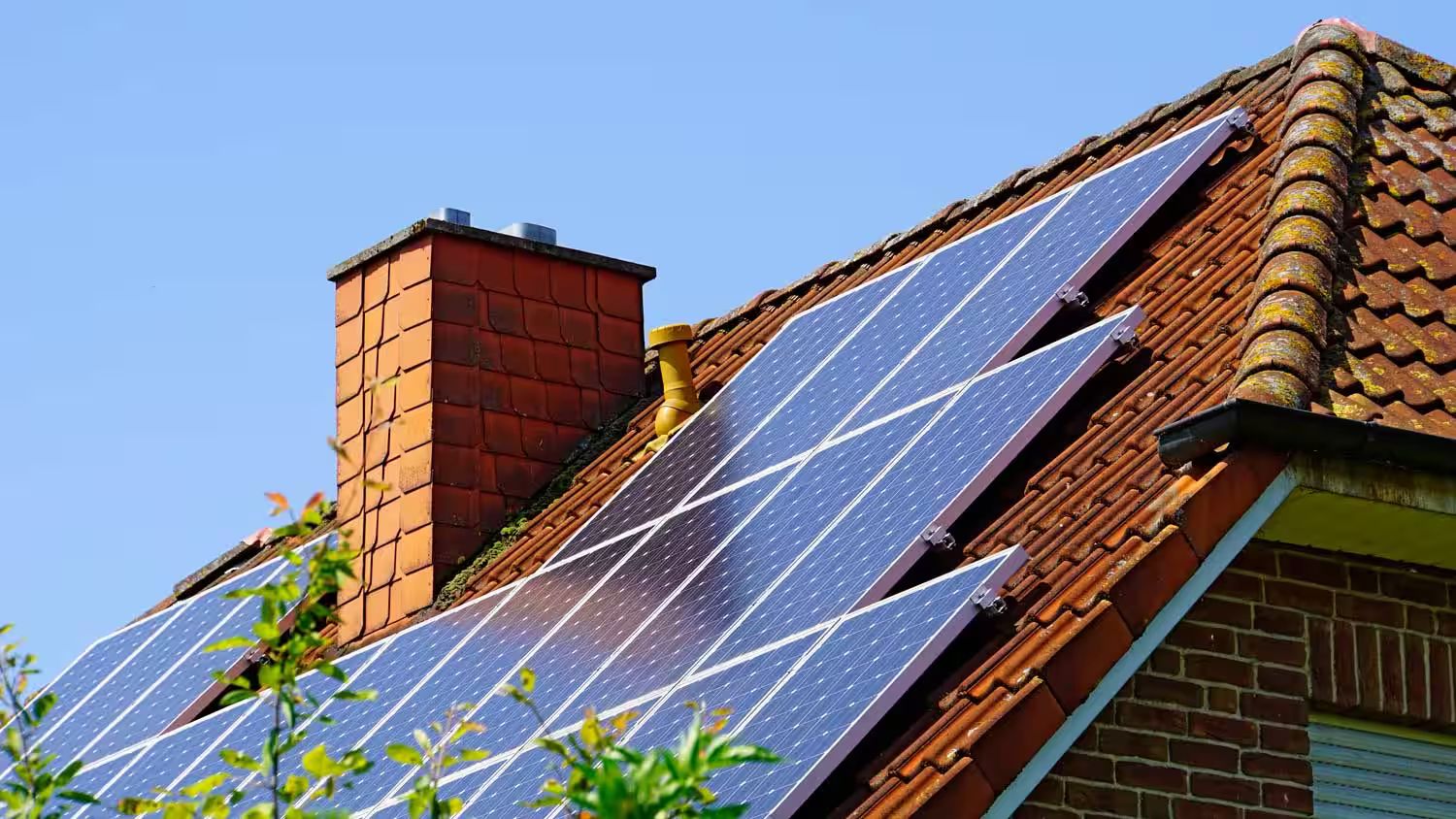

Articles
How Much Does Roof Solar Panels Cost
Modified: January 9, 2024
Discover the average cost of roof solar panels in this informative article. Explore the factors that influence price and find out if solar panels are a viable investment for your home.
(Many of the links in this article redirect to a specific reviewed product. Your purchase of these products through affiliate links helps to generate commission for Storables.com, at no extra cost. Learn more)
Introduction
As the world becomes more focused on sustainability and renewable energy sources, many homeowners are considering the installation of roof solar panels. Not only can these panels help reduce reliance on traditional energy sources, but they can also lead to significant cost savings in the long run.
However, before making the decision to install roof solar panels, it’s important to understand the factors that can affect the cost, the different types available, and the potential return on investment. By having a clear understanding of these aspects, homeowners can make an informed decision and maximize the benefits of solar energy.
In this article, we will explore the factors affecting the cost of roof solar panels, the different types available, the pricing, installation costs, incentives and rebates, financing options, maintenance costs, and the long-term savings.
By the end of this article, you will have a comprehensive understanding of the costs and benefits associated with roof solar panels, empowering you to make the right decision for your home and the environment.
Key Takeaways:
- Understanding the factors affecting the cost, types of solar panels, pricing, and financing options empowers homeowners to make informed decisions about installing roof solar panels, maximizing long-term benefits and savings.
- By considering maintenance costs, long-term savings, and taking advantage of incentives and rebates, homeowners can harness the power of the sun, reduce their carbon footprint, and enjoy the financial advantages of roof solar panels.
Factors Affecting the Cost of Roof Solar Panels
Several factors come into play when determining the cost of roof solar panels. Understanding these factors can help homeowners estimate and budget for their solar panel installation. Here are the key factors to consider:
- System Size: The size of the solar panel system directly impacts the cost. Larger systems with more panels will cost more than smaller systems. The size of the system depends on the energy requirements of the household and the available roof space for installation.
- Quality of Panels: The quality and efficiency of the solar panels can significantly affect the cost. High-quality panels may cost more initially but can lead to higher energy production and savings in the long run.
- Roof Condition: The condition and type of the roof can impact the installation process and cost. If the roof needs repairs or reinforcement to support the panels, additional expenses may be incurred.
- Location: The location of the home plays a role in the cost of solar panels. Factors such as local regulations, permits, and grid connection fees vary from one area to another, which can affect the overall installation costs.
- Inverter Type: The inverter is an essential component of the solar panel system, converting the DC power generated by the panels into AC power for household use. The type and quality of the inverter chosen can affect the overall cost.
- Additional Equipment and Accessories: Depending on the specific requirements of the installation, there may be additional equipment and accessories needed. This can include mounting systems, wiring, monitoring devices, and battery storage, all of which can impact the final cost.
- Labor Costs: The cost of labor for the installation can vary depending on factors such as location, complexity of the installation, and the experience of the installers. Obtaining multiple quotes from reputable solar panel installation companies can help homeowners find the most competitive pricing.
It’s important to note that while the upfront costs of solar panel installation may seem significant, the long-term savings and benefits can outweigh the initial investment. By considering these factors and exploring financing options, homeowners can make a well-informed decision that aligns with their budget and energy goals.
Types of Roof Solar Panels
When it comes to roof solar panels, there are different types available, each with its own advantages and considerations. Understanding the different types can help homeowners choose the most suitable option for their needs. Here are the main types of roof solar panels:
- Monocrystalline Panels: Monocrystalline panels are made from a single crystal structure, typically silicon. They are known for their high efficiency and sleek black appearance. Monocrystalline panels tend to be more expensive than other types, but they also offer the highest energy output.
- Polycrystalline Panels: Polycrystalline panels are made from multiple silicon crystals. They have a distinctive blue color and are generally less expensive than monocrystalline panels. While polycrystalline panels are slightly less efficient, they still provide a good balance of performance and affordability.
- Thin-Film Panels: Thin-film panels are made using a thin layer of semiconductor material applied to a substrate such as glass, plastic, or metal. These panels are more flexible and lightweight, making them suitable for curved or irregular roofs. However, thin-film panels have lower efficiency compared to crystalline panels, meaning larger roof space may be needed to produce the same amount of energy.
- Bifacial Panels: Bifacial panels have the ability to capture sunlight from both sides, increasing their overall energy production. These panels can be a good option for roofs with reflective surfaces or open spaces that allow sunlight to reach the backside of the panels. However, bifacial panels tend to be more expensive and may require additional installation considerations.
- Building Integrated Photovoltaics (BIPV): BIPV systems are designed to replace conventional building materials, such as roof tiles or windows, with solar panels. These integrated systems offer aesthetic benefits by seamlessly blending solar power with the architecture. However, BIPV systems are generally more expensive and may have lower efficiency compared to traditional solar panels.
When choosing the type of solar panel, homeowners should consider factors such as energy needs, budget, available roof space, and aesthetic preferences. Consulting with a solar panel installation professional can provide further guidance on selecting the most suitable option for each specific situation.
Pricing of Roof Solar Panels
When considering the cost of roof solar panels, it’s important to understand the different components that contribute to the overall pricing. Here are the main factors that determine the pricing of roof solar panels:
- Cost per Watt: Solar panels are typically priced based on the cost per watt of their power output. This is calculated by dividing the total cost of the panels by their rated power capacity in watts. The cost per watt can vary depending on factors such as the type and brand of the panels, the size of the system, and any additional features or warranties.
- Installation Costs: The installation of solar panels involves labor and material costs. These can include the mounting systems, wiring, and connections to the electrical grid. The complexity of the installation, such as the roof condition and accessibility, can also impact the installation costs.
- Additional Equipment: Depending on the specific requirements of the installation, there may be additional equipment needed, such as inverters, monitoring devices, and battery storage. The cost of these additional components will contribute to the overall pricing.
- Permitting and Other Fees: Obtaining necessary permits and complying with local regulations may incur additional fees. These can vary depending on the area, and homeowners should consider these costs when budgeting for their solar panel installation.
As of [Current Year], the average cost of roof solar panels can range from [Price Range] per watt installed. However, it’s important to note that pricing can vary depending on several factors, such as location, system size, quality of panels, and installation complexity. It’s recommended to obtain quotes from multiple reputable solar panel installation companies to compare pricing and determine the best option for your specific needs.
Additionally, it’s worth considering the long-term savings and return on investment (ROI) associated with solar panels. Although the upfront costs may seem significant, the savings on electricity bills and potential tax incentives/rebates can offset the initial investment over time.
Lastly, it’s important to prioritize quality and reliability when selecting solar panels. While cheaper panels may seem appealing initially, they may have lower efficiency or may not last as long, resulting in decreased energy production and potentially higher maintenance costs in the long run.
By carefully considering the pricing factors and consulting with professionals, homeowners can make an informed decision that aligns with their budget and energy goals.
Installation Costs
When it comes to installing roof solar panels, the installation costs are an important factor to consider. While the cost of the panels themselves is a significant part of the overall investment, it’s essential to understand the expenses involved in the installation process. Here are the main factors that contribute to the installation costs:
- Labor Costs: The labor costs associated with the installation of roof solar panels can vary depending on several factors. This includes factors such as the size of the system, the complexity of the installation, and the experience of the installers. Some companies may charge a flat fee for the installation, while others may charge an hourly rate. Obtaining multiple quotes from reputable solar installation companies can help homeowners find the most competitive pricing.
- Roof Preparation: Before the solar panels can be installed, the roof may require preparation or modification to ensure it can support the weight of the panels and withstand the installation process. This can include reinforcing the roof structure, repairing any damage, or installing mounting systems to secure the panels. The extent of roof preparation needed will impact the installation costs.
- Electrical Work: The installation process involves connecting the solar panel system to the electrical grid. This requires electrical work, such as wiring and connecting the inverters. Depending on the complexity of the electrical work and any necessary upgrades, additional costs may be incurred.
- Permits and Inspections: Obtaining necessary permits and scheduling inspections is an essential part of the solar panel installation process. These permits and inspections ensure that the installation meets local building codes and safety standards. The costs associated with permits and inspections can vary depending on the location and the requirements of the local authorities.
- Equipment and Accessories: In addition to the solar panels, there may be additional equipment and accessories needed for the installation. This can include mounting systems, wiring, junction boxes, and monitoring devices. The cost of these additional components will contribute to the overall installation costs.
It’s important for homeowners to work with reputable solar installation companies that provide detailed quotes outlining the installation costs. By obtaining multiple quotes and conducting thorough research, homeowners can find a balance between quality installation and competitive pricing.
Remember that a properly installed solar panel system can ensure optimal performance and long-term savings. While it may be tempting to cut costs on the installation, compromising on the quality of the installation can lead to issues down the line.
By understanding the installation costs and working with experienced professionals, homeowners can ensure a smooth and efficient installation process for their roof solar panels.
Read more: How Much Does Solar Roof Cost
Incentives and Rebates for Solar Panel Installation
Installing roof solar panels not only helps reduce reliance on traditional energy sources but can also bring financial benefits through various incentives and rebates. These incentives aim to promote the adoption of renewable energy and make solar panel installation more accessible and affordable for homeowners. Here are some of the common incentives and rebates available for solar panel installation:
- Federal Tax Credits: The federal government offers a tax credit for residential solar panel installations. As of [Current Year], homeowners can claim a tax credit of [Percentage/Amount] of the installation cost, capped at [Cap]. This tax credit directly reduces the amount of federal income tax owed, making the solar panel system more affordable.
- State and Local Incentives: Many states and local governments offer their own incentives to encourage solar panel installation. These incentives can include cash rebates, grants, property tax exemptions, sales tax exemptions, and low-interest financing options. The availability and amounts of these incentives vary depending on the location, so it’s important for homeowners to research the specific incentives offered in their area.
- Solar Renewable Energy Certificates (SRECs): In some states, homeowners can generate solar renewable energy certificates (SRECs) based on the amount of solar energy their panels produce. These certificates can be sold on a market or traded for monetary value, providing an additional revenue stream for homeowners. The value of SRECs fluctuates, but they can contribute to the return on investment for solar panel installations.
- Net Metering: Net metering programs enable homeowners to receive credit for the excess electricity their solar panels generate. When the panels produce more electricity than is used in the household, that excess energy is fed back into the grid, and homeowners receive credits on their electricity bills. These credits can help offset the cost of electricity consumed during times when the panels are not generating sufficient power, such as at night or during cloudy days.
- Utility Rebates and Programs: Some utility companies offer rebates or incentive programs to encourage customers to install solar panels. These can be in the form of upfront cash incentives or credits on utility bills. Homeowners should check with their local utility company to see if any incentives or rebate programs are available.
It’s important to note that the availability of incentives and rebates can change over time, and eligibility requirements may vary. It’s recommended that homeowners consult with a solar installation professional or visit official government websites to stay updated on the latest incentives and rebates in their area.
By taking advantage of these incentives and rebates, homeowners can significantly reduce the upfront cost of solar panel installation and improve the overall return on investment. It’s a good idea to factor in the potential savings from these incentives when budgeting for the installation.
When considering the cost of roof solar panels, it’s important to factor in the initial installation cost, potential tax incentives or rebates, and long-term energy savings. It’s also worth getting multiple quotes from reputable solar companies to ensure you’re getting the best deal.
Financing Options for Roof Solar Panels
While the initial cost of roof solar panels may seem significant, there are various financing options available to make solar panel installation more affordable for homeowners. These financing options allow homeowners to spread out the cost of the installation over time and enjoy the benefits of solar energy without a large upfront investment. Here are some common financing options for roof solar panels:
- Solar Loans: Many financial institutions offer specialized solar loans that are specifically tailored for solar panel installations. These loans typically have competitive interest rates and flexible terms, allowing homeowners to pay for the installation over several years. Solar loans can be secured or unsecured, and the loan terms may vary depending on the lender.
- Home Equity Loans or Lines of Credit: Homeowners with significant equity in their homes can consider using a home equity loan or line of credit to finance their solar panel installation. These options may offer lower interest rates compared to other forms of financing, as they are secured by the value of the home.
- Property-Assessed Clean Energy (PACE) Financing: PACE financing is a financing option available in select areas that allows homeowners to finance their solar panel installation through an assessment on their property taxes. The financing is repaid through an additional line item on the property tax bill, spread out over a period of time. PACE financing is typically based on the equity in the property and does not require a high credit score.
- Power Purchase Agreements (PPAs): In a power purchase agreement, a third-party solar provider owns and installs the solar panels on the homeowner’s roof. The homeowner then purchases the solar energy generated by the panels at a predetermined rate. PPAs require little to no upfront cost, and the homeowner can benefit from immediate energy savings. However, it’s important to carefully review the terms and conditions of the PPA agreement.
- Leasing: With a solar lease, the homeowner leases the solar panels from a third-party provider. The homeowner pays a fixed monthly lease payment for the use of the panels and is typically responsible for maintenance and insurance. Leasing allows homeowners to enjoy the benefits of solar energy without the upfront costs, but it’s important to carefully consider the terms and potential long-term savings.
It’s recommended that homeowners explore multiple financing options and consult with solar installation professionals or financial advisors to determine the most suitable option for their specific needs. Each financing option has its own advantages and considerations, so it’s important to carefully review the terms, interest rates, loan fees, and potential savings associated with each option.
By utilizing these financing options, homeowners can overcome the financial barrier and make solar panel installation a more affordable and accessible solution for their energy needs. The long-term savings on electricity bills, potential tax incentives, and increased home value can further enhance the financial benefits of going solar.
Return on Investment (ROI) for Roof Solar Panels
One of the key considerations for homeowners when installing roof solar panels is the return on investment (ROI). The ROI represents the financial benefits and savings that can be realized over time through solar panel installation. Understanding the ROI is essential for homeowners to make an informed decision and assess the long-term financial impact. Here are the factors that contribute to the ROI for roof solar panels:
- Electricity Savings: Solar panels generate electricity from the sun, which can significantly reduce or even eliminate reliance on grid electricity. By generating their own electricity, homeowners can reduce their monthly electricity bills. The amount of savings depends on factors such as the size of the system, the household’s energy consumption, and the local electricity rates.
- Net Metering: Net metering allows homeowners to receive credits for excess electricity produced by their solar panels that is fed back into the grid. These credits can be used to offset the cost of electricity consumed during times when the panels are not producing sufficient power, such as at night or during cloudy days. Net metering increases the overall savings and can contribute to a faster ROI.
- Tax Incentives and Rebates: Federal tax credits, state and local incentives, and rebates can significantly impact the ROI for solar panel installations. These financial incentives directly reduce the upfront cost and can accelerate the time it takes to recover the initial investment. It’s important to consult with tax professionals or visit official government websites to understand the specific incentives available in your area.
- Increased Home Value: Installing roof solar panels can increase the value of a home. Studies have shown that homes equipped with solar panels often fetch higher resale prices compared to homes without solar systems. This means homeowners can potentially recoup a portion of their investment when selling their property.
- System Lifespan and Maintenance: Solar panels have a lifespan of 25 years or more, with warranties typically ranging from 20 to 25 years. With proper maintenance and care, solar panels can continue to generate electricity efficiently over their lifespan. Maintenance costs are generally minimal and mainly involve periodic cleaning of the panels. By maximizing the lifespan and performance of the panels, homeowners can enhance the ROI.
Calculating the exact ROI for solar panels can be complex and depends on various factors. However, on average, homeowners can expect a ROI of [ROI Percentage/Range] over the lifespan of the system. It’s important to note that the ROI may vary based on factors such as the cost of installation, electricity rates, and available incentives in your area.
It’s recommended to consult with solar installation professionals, financial advisors, and tax experts to assess the potential ROI for your specific situation. They can help you calculate the payback period and evaluate the financial feasibility of solar panel installation.
While the upfront cost of solar panels may seem significant, the long-term financial benefits, including electricity savings, tax incentives, increased home value, and minimal maintenance costs, can make solar panel installations a wise investment for homeowners.
Maintenance Costs and Long-term Savings
When considering the installation of roof solar panels, it’s important to factor in the maintenance costs and long-term savings associated with these systems. While solar panels generally require minimal maintenance, understanding the potential costs and savings can help homeowners make informed decisions. Here are the main aspects to consider:
Read more: How Much Does A Tesla Solar Roof Cost
Maintenance Costs:
Solar panels are designed to be durable and require very little maintenance. However, some routine maintenance is necessary to ensure optimal performance and longevity. Here are the potential maintenance costs homeowners may incur:
- Cleaning: Solar panels should be cleaned periodically to remove dirt, debris, and any other substances that may reduce their efficiency. Cleaning can be done with a hose, soft brush, or professional cleaning services. The frequency of cleaning depends on the climate and environmental conditions in the area.
- Inspections: Regular inspections of the solar panel system are recommended to identify any issues or potential problems. This can include checking wiring, connections, and the overall condition of the panels. Inspections can be performed by professional solar technicians, and the cost will depend on the scope of the inspection and any necessary repairs.
- Replacement Parts: Over time, certain components of the solar panel system may need to be replaced, such as inverters or monitoring devices. While these replacements are not frequent, they should be considered as potential maintenance costs.
It’s important to note that many solar panel manufacturers provide warranties that cover defects and performance issues for a certain period, typically 20 to 25 years. Be sure to review the warranty terms and conditions to understand what is covered and for how long. This can provide peace of mind and potentially reduce maintenance costs during the warranty period.
Long-term Savings:
While there are maintenance costs associated with solar panels, the long-term savings outweigh these expenses. Here is how homeowners can benefit from long-term savings:
- Reduced Electricity Bills: One of the most significant advantages of solar panels is the reduction in electricity bills. By producing their own electricity, homeowners can offset their reliance on grid electricity and reduce their monthly bills. The exact savings will depend on the size of the solar panel system, energy consumption, and local electricity rates.
- Return on Investment (ROI): Solar panel installations typically have a favorable ROI, with homeowners recouping their initial investment over time. The payback period varies depending on factors such as the cost of the installation, available incentives, and energy savings. As the system continues to generate free and clean energy, the savings will continue to accumulate over the lifetime of the panels.
- Protection against Rising Energy Costs: With solar panels, homeowners are less affected by increasing energy costs. As electricity rates continue to rise, homeowners with solar panels can maintain a consistent and predictable energy cost, providing long-term savings.
- Environmental Benefits: In addition to the financial savings, solar panels contribute to a more sustainable and eco-friendly energy source. By reducing reliance on fossil fuels, homeowners can help mitigate climate change and reduce their carbon footprint.
When evaluating the maintenance costs and long-term savings, it’s important to consider the overall financial and environmental benefits of solar panel installation. While there may be some minimal maintenance costs, the long-term savings, increased home value, and positive environmental impact make solar panels a wise investment for homeowners.
Conclusion
Roof solar panels offer homeowners the opportunity to harness the power of the sun and reap numerous benefits, both financially and environmentally. As outlined in this article, several factors need to be considered when contemplating solar panel installation, including the factors affecting the cost, the different types available, the pricing, installation costs, incentives and rebates, financing options, maintenance costs, and long-term savings.
By understanding these aspects, homeowners can make informed decisions and maximize the advantages of solar energy. The initial investment in roof solar panels may seem significant, but the long-term savings on electricity bills, potential tax incentives/rebates, and increased home value make it a worthwhile investment.
It’s important to carefully consider the size and type of solar panel system that aligns with the energy requirements and roof space available. In addition, exploring financing options, such as solar loans or power purchase agreements, can make solar panel installation more affordable and accessible for homeowners.
Homeowners should also take advantage of incentives and rebates offered by the federal government, state, and local authorities. These financial incentives help offset the upfront costs and accelerate the return on investment for solar panel installations.
Maintenance costs for solar panels are generally minimal, but routine cleaning, inspections, and potential component replacements should be factored into the overall costs. However, the long-term savings from reduced electricity bills and protection against rising energy costs far outweigh these maintenance expenses.
In conclusion, installing roof solar panels is a sustainable and cost-effective solution for homeowners looking to reduce their carbon footprint and save money in the long run. By carefully considering the factors discussed in this article and consulting with solar installation professionals and financial advisors, homeowners can make informed decisions that align with their energy goals and budget.
With the right planning, financing, and maintenance, homeowners can harness the power of the sun and contribute to a cleaner and more sustainable future while enjoying the numerous financial benefits of roof solar panels.
Frequently Asked Questions about How Much Does Roof Solar Panels Cost
Was this page helpful?
At Storables.com, we guarantee accurate and reliable information. Our content, validated by Expert Board Contributors, is crafted following stringent Editorial Policies. We're committed to providing you with well-researched, expert-backed insights for all your informational needs.
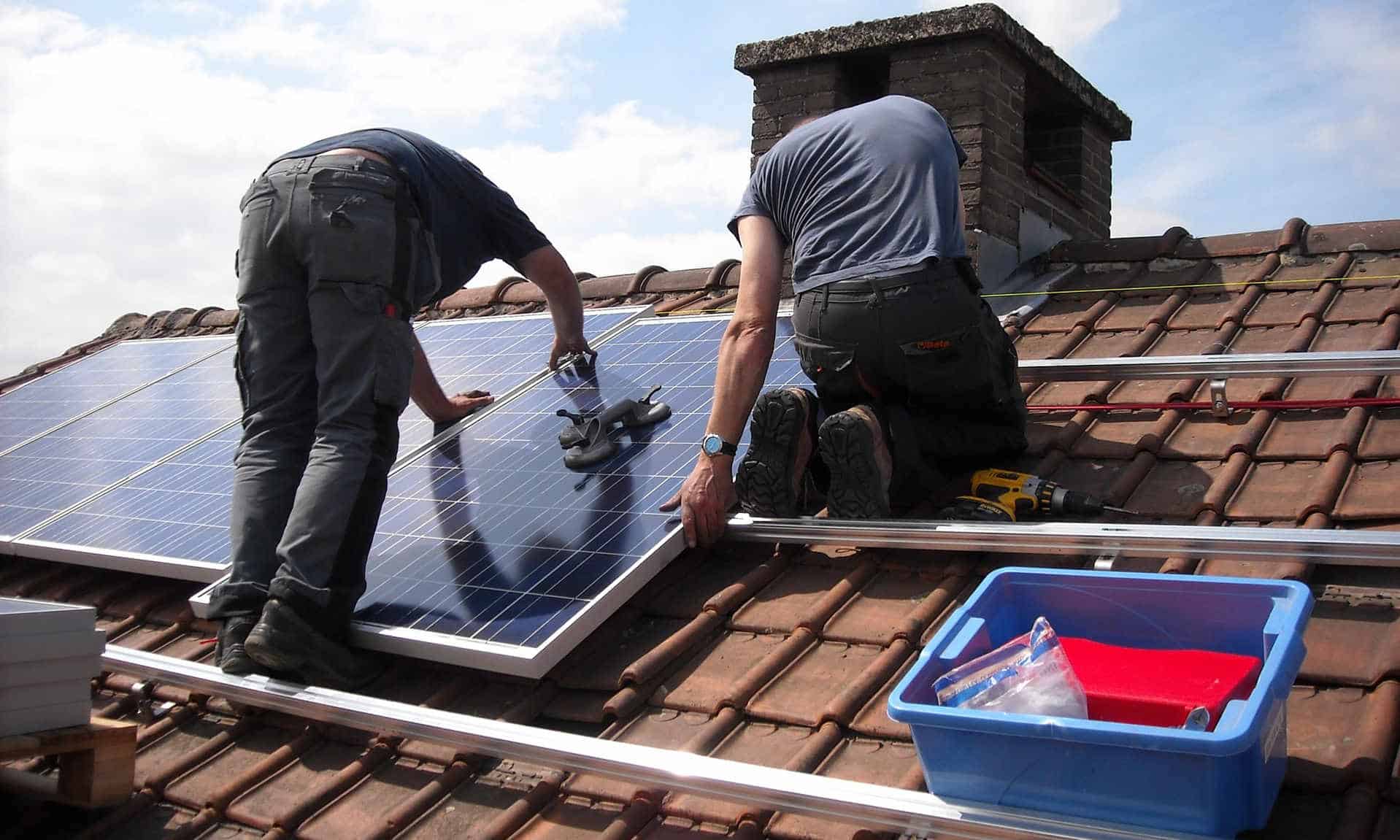
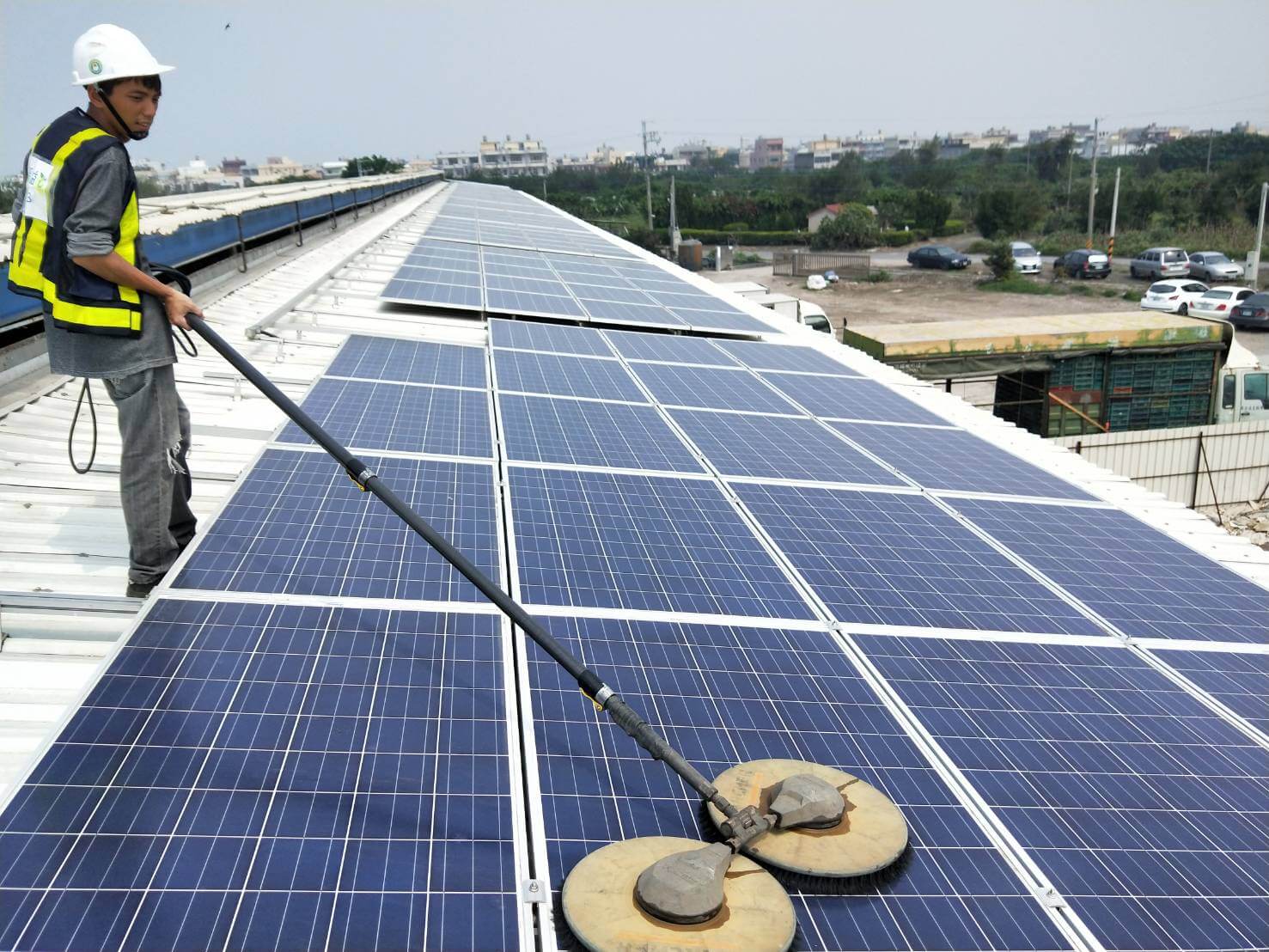
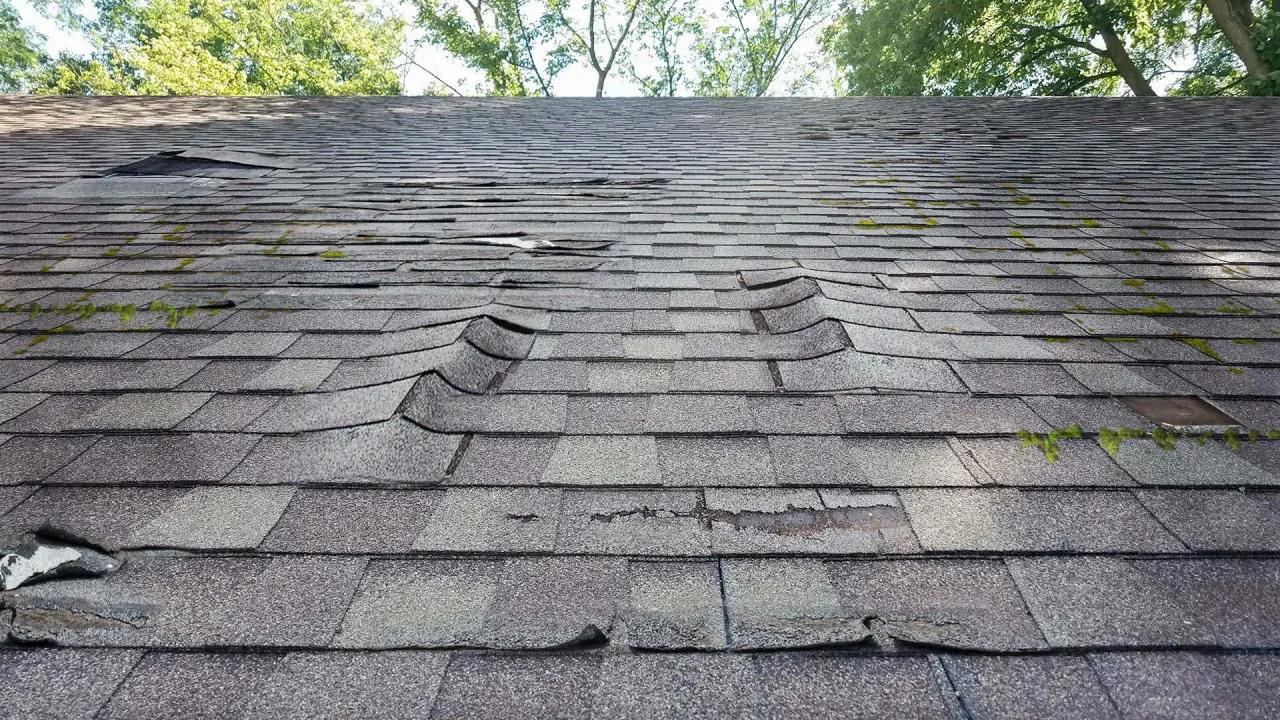
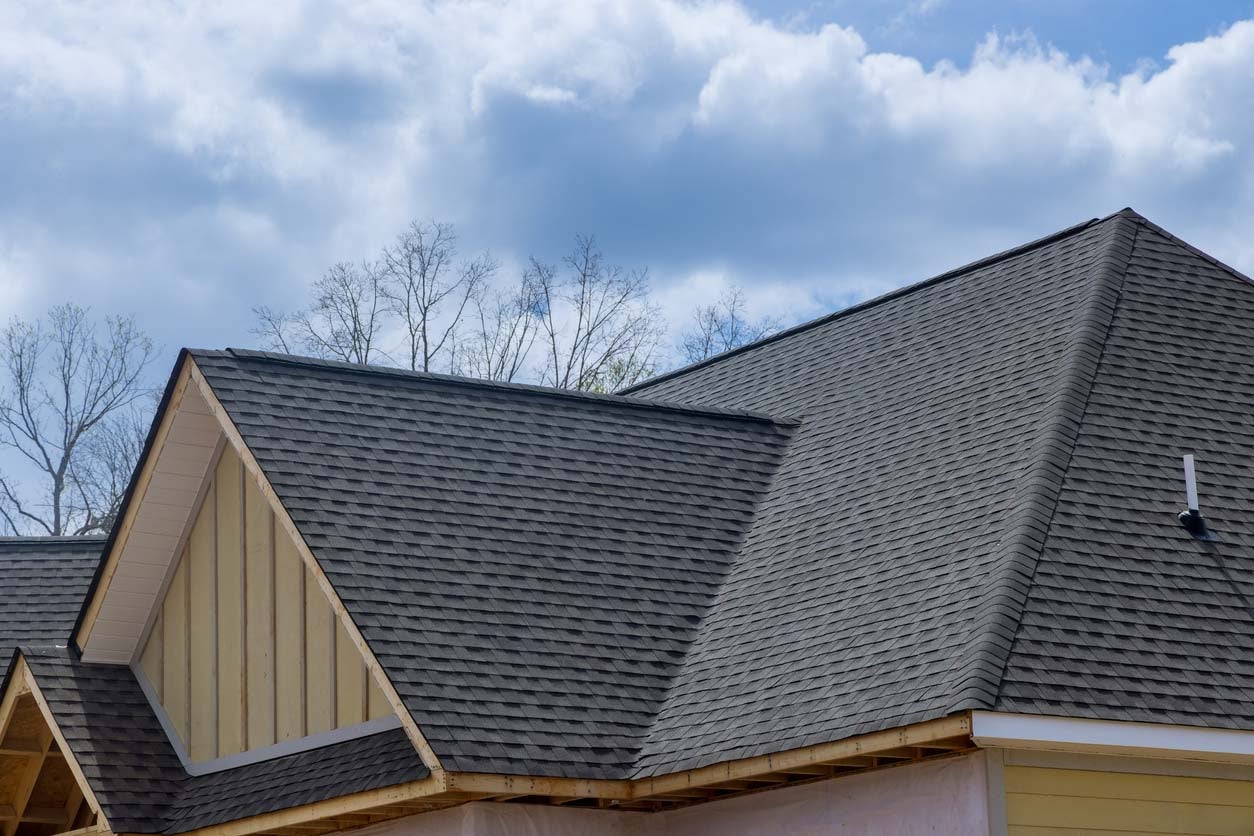
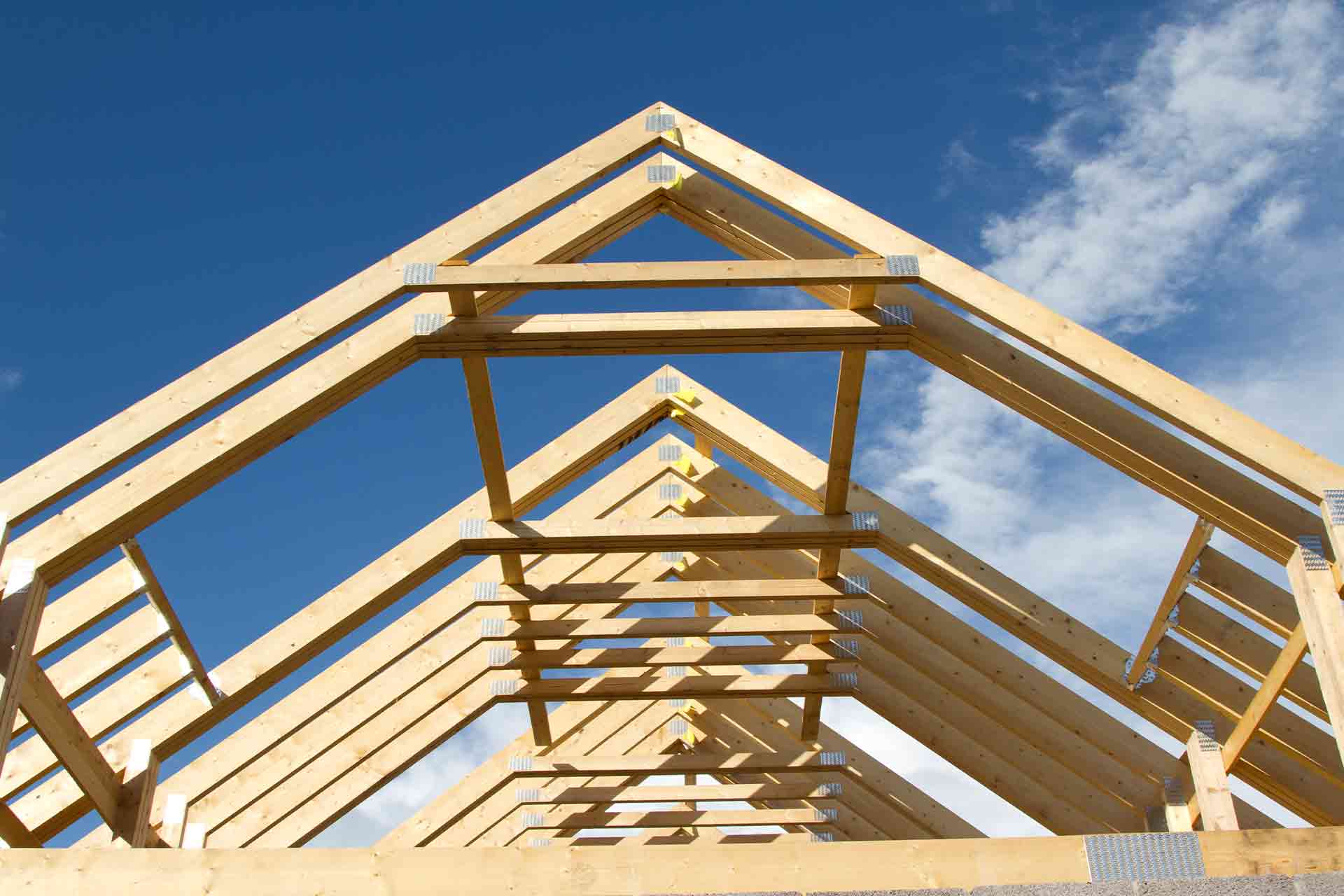
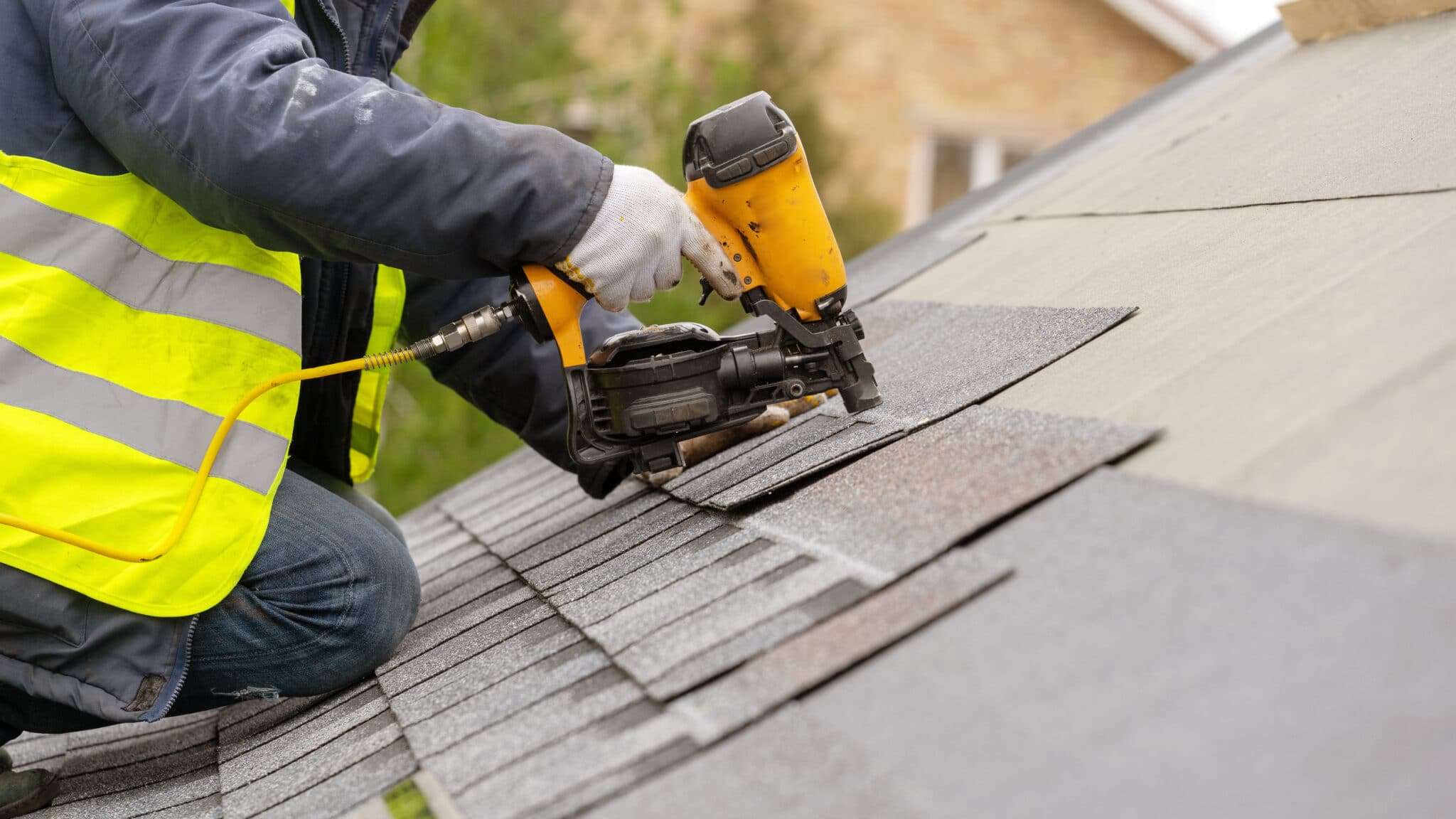
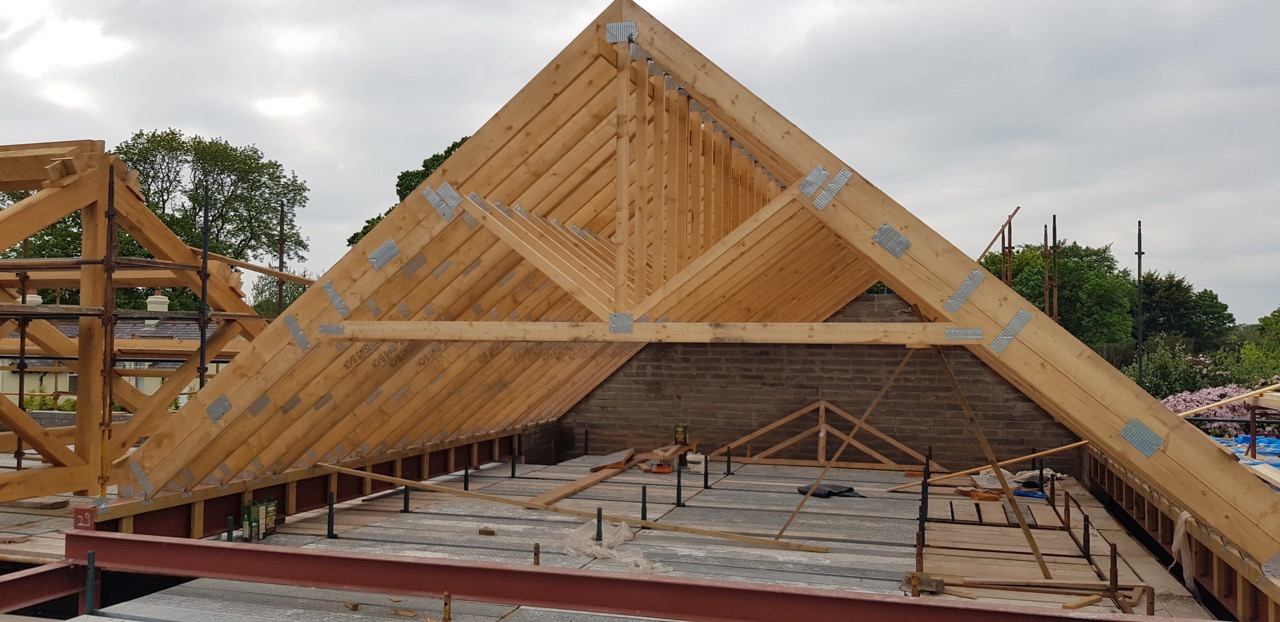
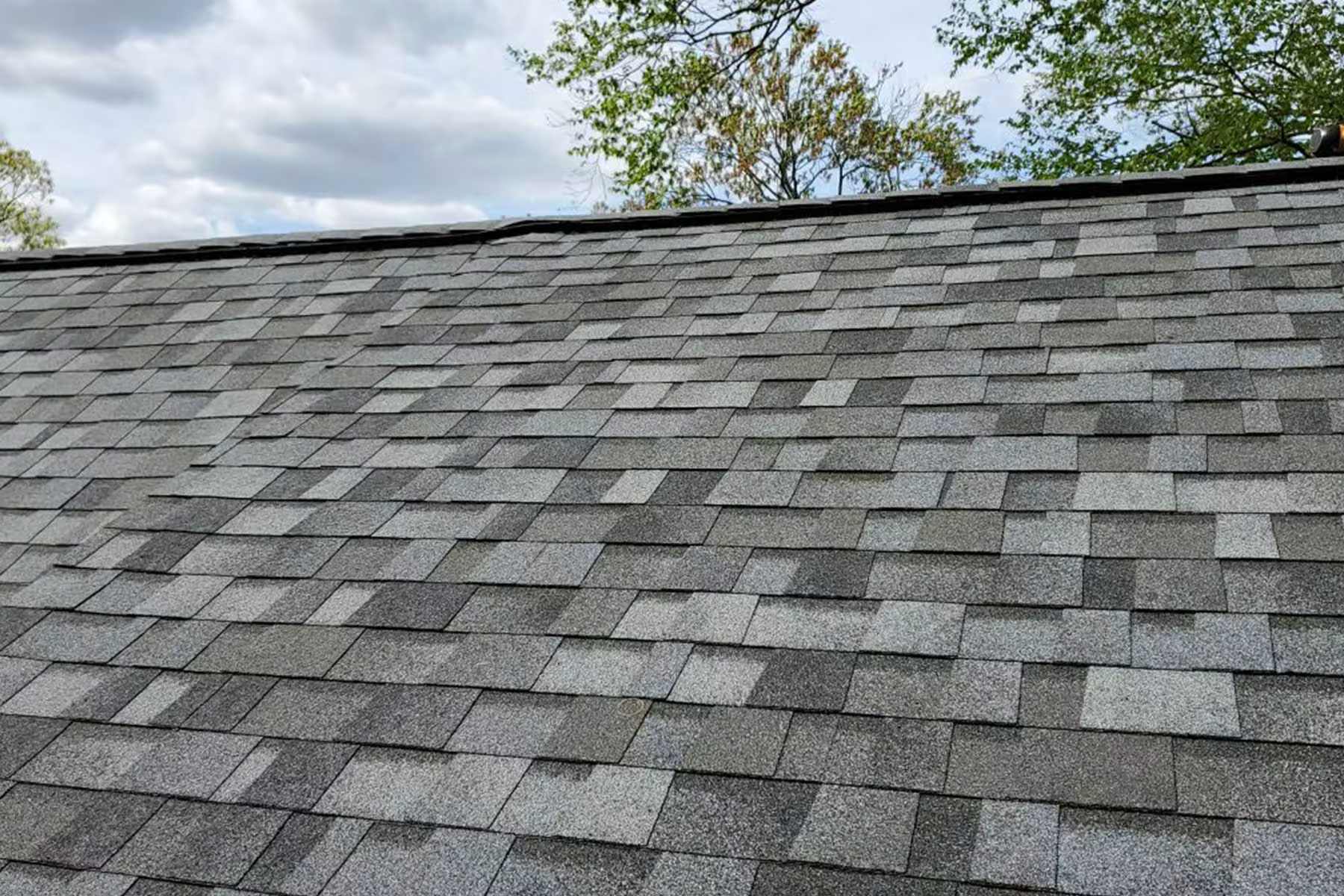
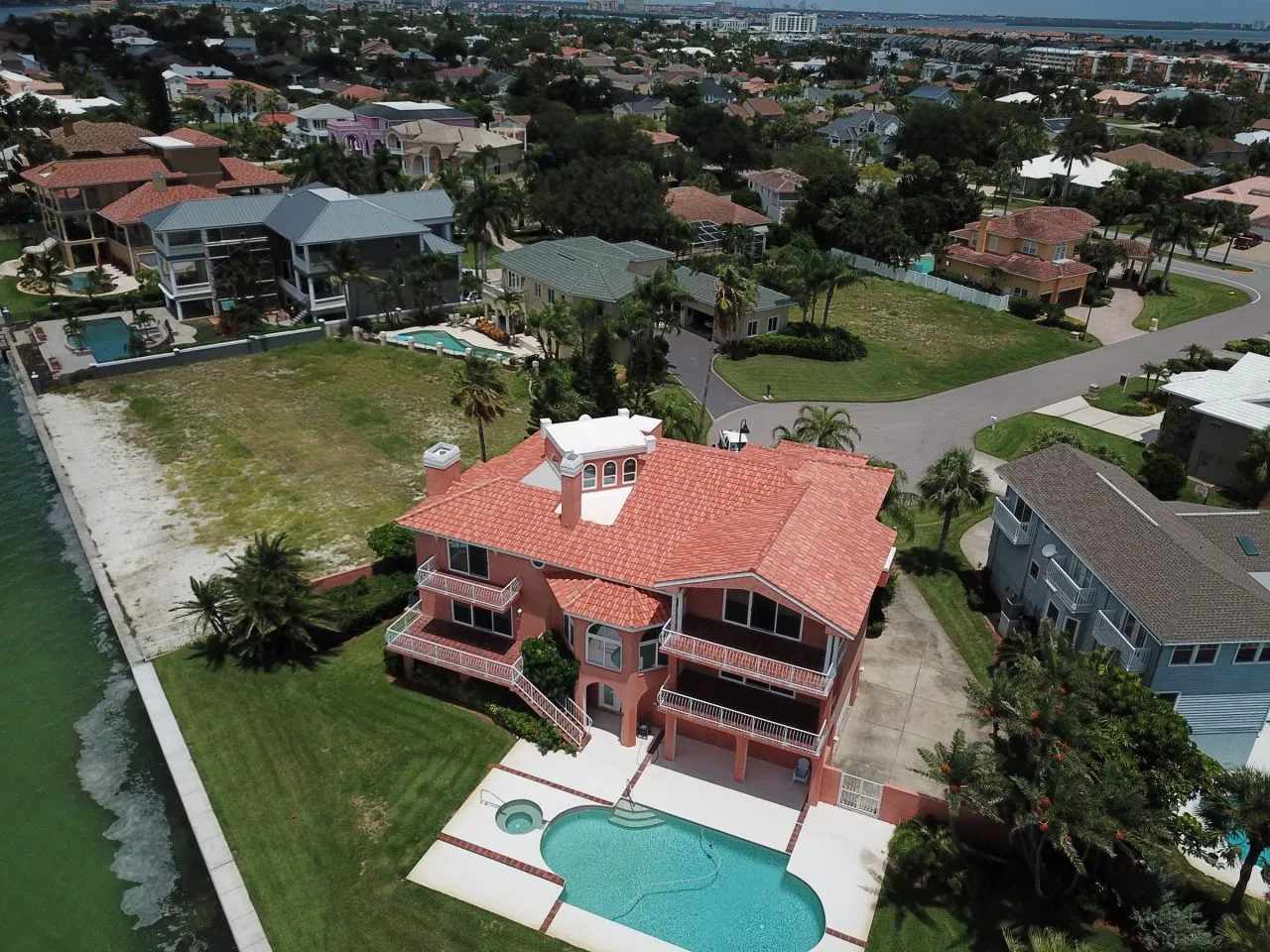
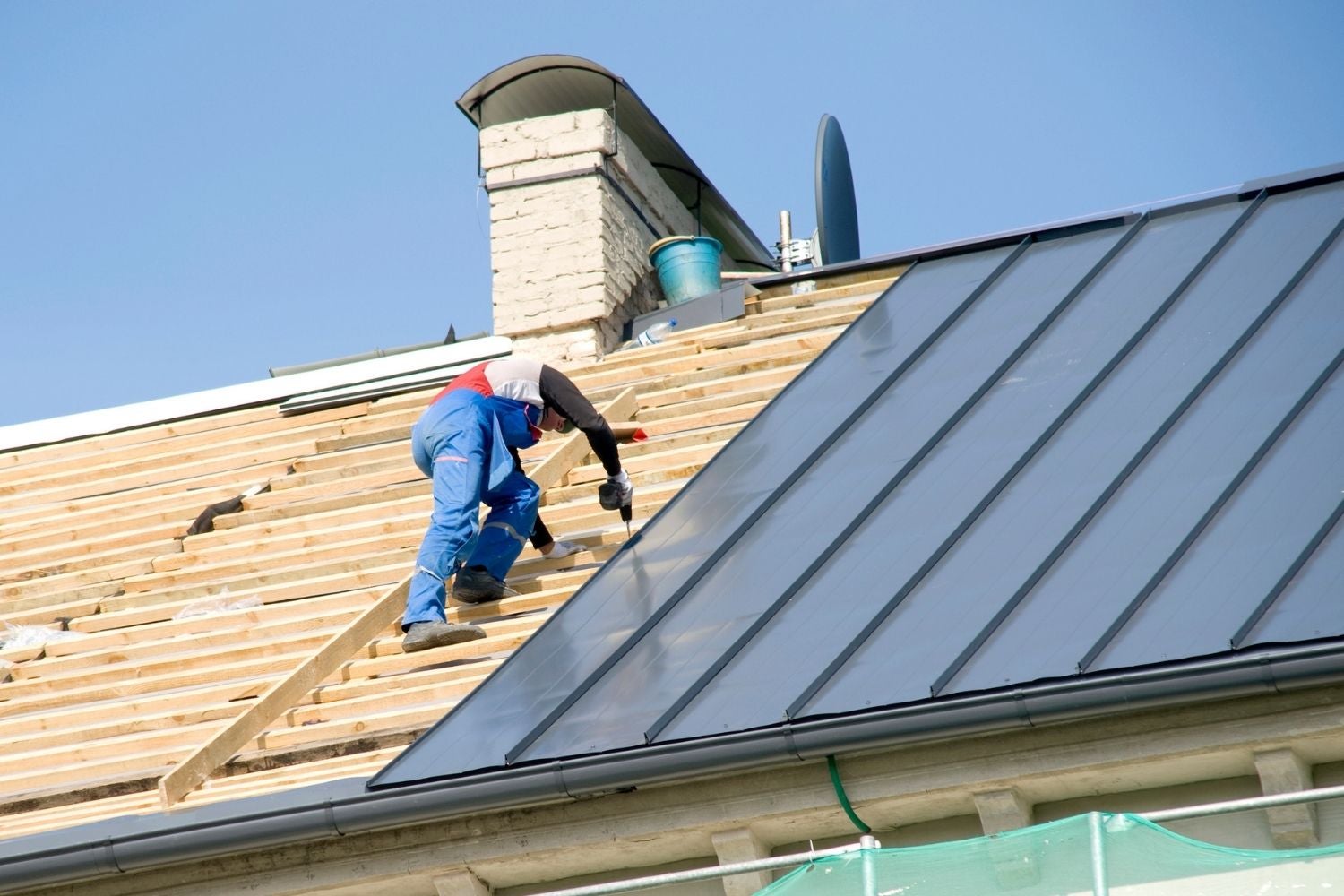
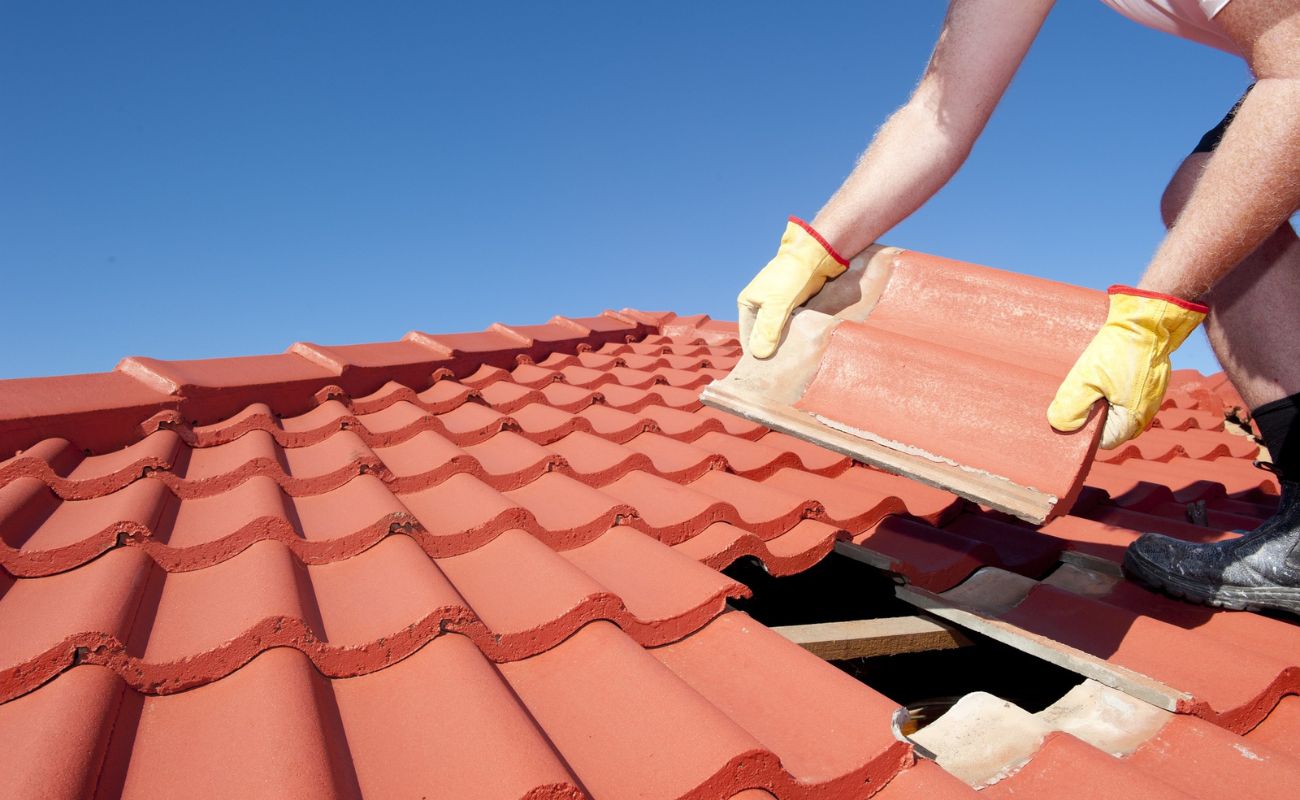
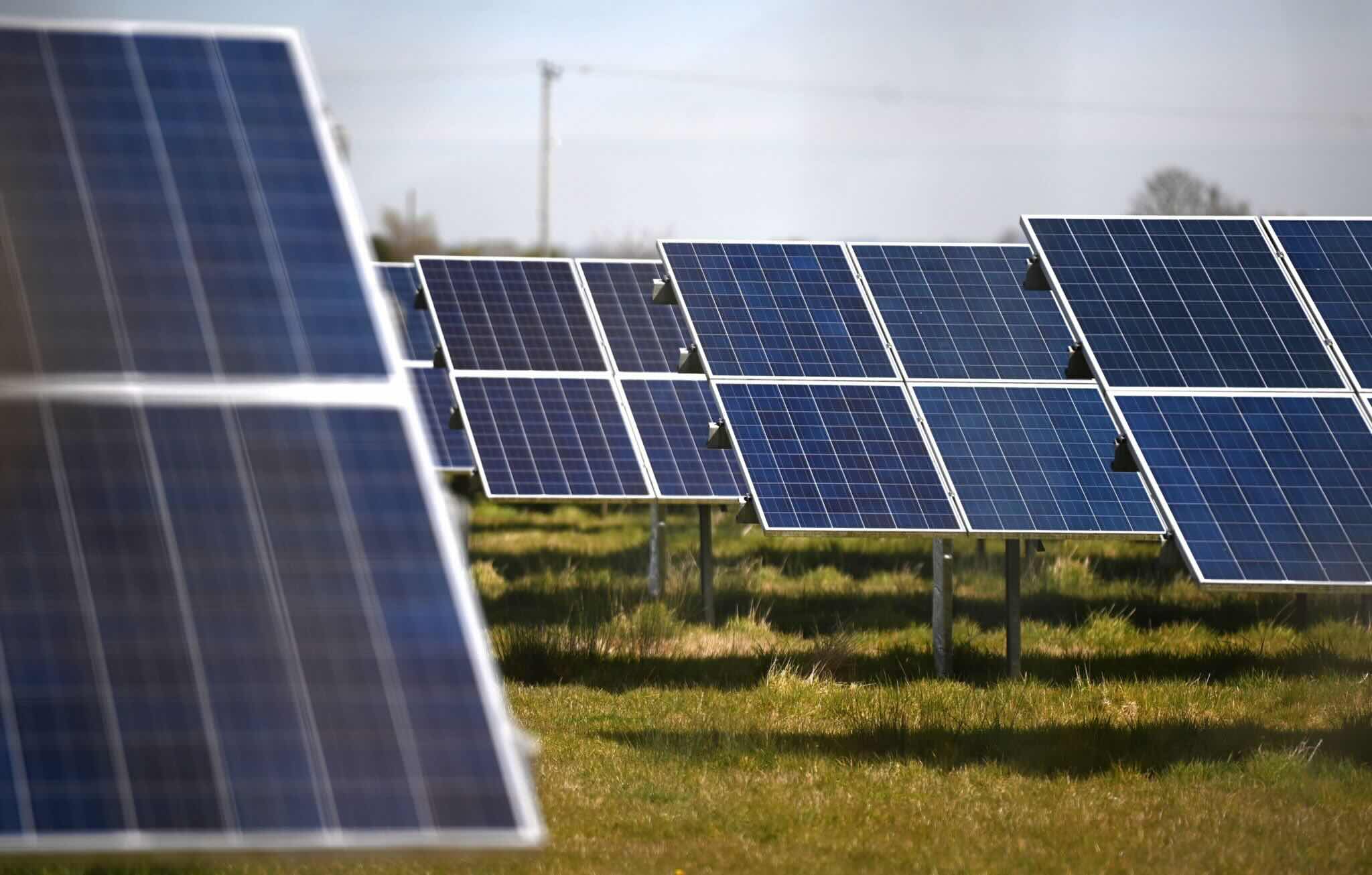


0 thoughts on “How Much Does Roof Solar Panels Cost”